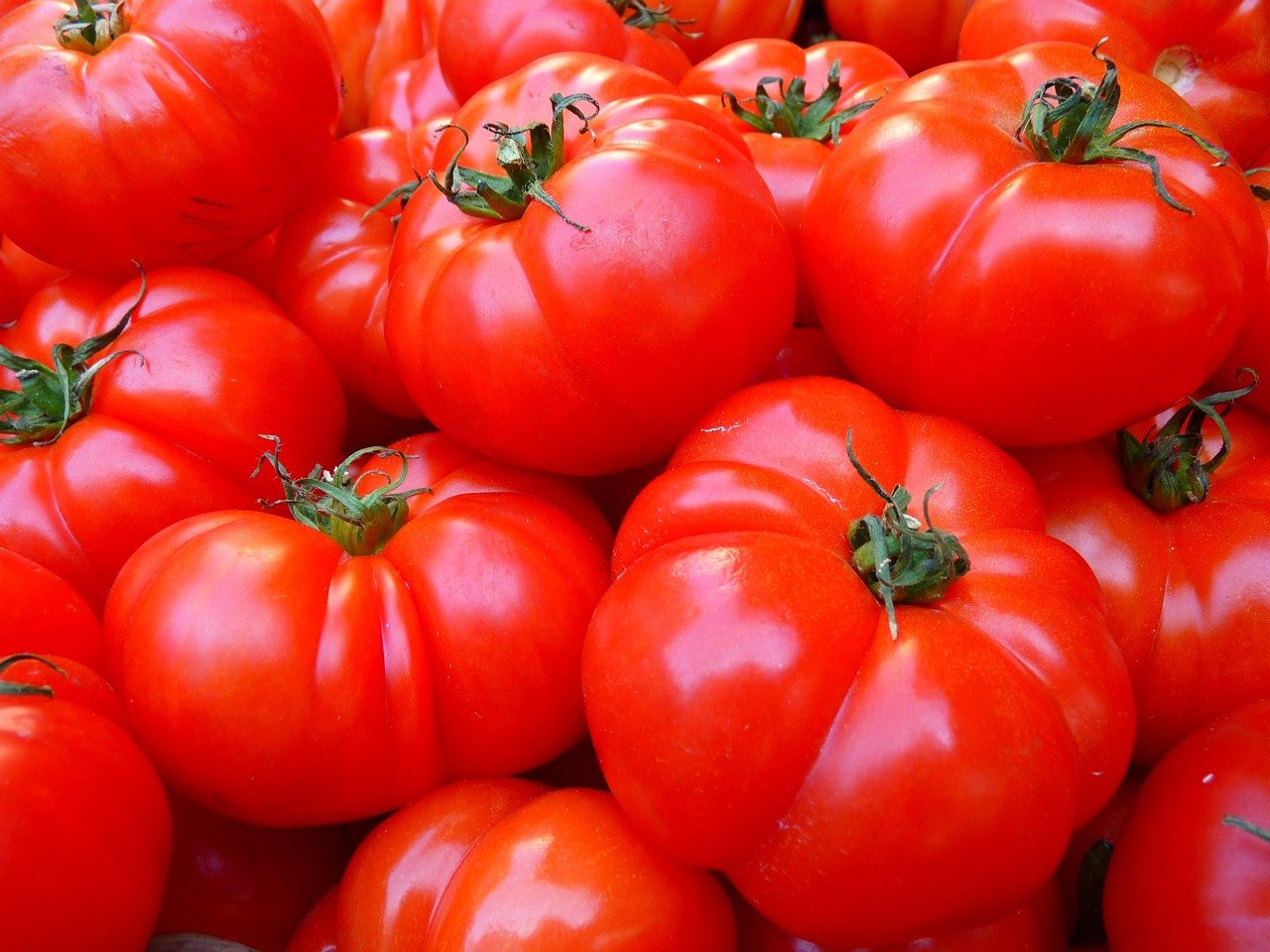“`html
In recent years, there has been a significant rise in awareness surrounding the impacts of diet on general health and well-being, particularly concerning inflammation in the body. Chronic inflammation is now recognized as a contributing factor to many diseases, including heart disease, diabetes, and even certain cancers. An anti-inflammatory diet serves as a powerful tool to combat this condition, offering not just relief but also a path towards a healthier lifestyle. Let’s dive deeper into the principles of an anti-inflammatory diet, its benefits, and practical ways to implement it in your daily life.
What is an Anti-Inflammatory Diet?
An anti-inflammatory diet emphasizes foods that help reduce inflammation in the body while minimizing those that promote it. This approach is not merely about what to avoid but focuses on nourishing the body with nutrient-rich, anti-inflammatory foods.
Key Components
- Whole Foods: Focus on fruits, vegetables, grains, and legumes.
- Healthy Fats: Incorporate sources like olive oil, avocados, and nuts.
- Lean Proteins: Opt for fish, poultry, and plant-based proteins.
- Herbs and Spices: Use turmeric, ginger, and garlic for their anti-inflammatory properties.
Benefits of an Anti-Inflammatory Diet
Embracing an anti-inflammatory diet can lead to numerous health benefits. Research continues to demonstrate the positive impacts of such dietary choices on inflammation-related conditions.
Reduction of Chronic Disease Risk
- Heart Disease: Studies indicate that anti-inflammatory foods can lower cholesterol and blood pressure.
- Diabetes: Anti-inflammatory diets can enhance insulin sensitivity and regulate blood sugar levels.
- Cancer Prevention: Foods rich in antioxidants may help reduce the risk of certain cancers.
Enhanced Overall Well-being
- Improved Mental Clarity: A diet rich in omega-3 fatty acids supports cognitive function.
- Better Digestion: High-fiber foods aid in digestion and promote gut health.
- Increased Energy Levels: Nutrient-dense foods provide sustained energy throughout the day.
Foods to Include in Your Anti-Inflammatory Diet
Implementing an anti-inflammatory diet requires prioritizing certain foods that are known to combat inflammation effectively and incorporating them into your meals.
Fruits and Vegetables
- Leafy Greens: Spinach, kale, and Swiss chard are packed with vitamins and antioxidants.
- Berries: Blueberries, strawberries, and raspberries contain natural compounds that fight inflammation.
- Cruciferous Vegetables: Broccoli and Brussels sprouts are excellent choices.
Healthy Fats and Proteins
- Fatty Fish: Salmon, mackerel, and sardines are rich in omega-3 fatty acids.
- Nuts: Walnuts, almonds, and hazelnuts provide healthy fats and protein.
- Beans and Legumes: Chickpeas, lentils, and black beans are nutrient-dense and versatile.
Foods to Limit or Avoid
To maximize the benefits of an anti-inflammatory diet, it is essential to cut back or eliminate specific foods that can trigger inflammation.
Processed Foods
- Avoid sugary snacks and sodas.
- Limit refined carbohydrates such as white bread and pastries.
- Reduce consumption of processed meats and trans fats found in fried foods.
High Sugar and Saturated Fat Foods
- Minimize high-sugar cereals.
- Limit desserts and sweetened beverages.
- Cut back on fatty cuts of meat and full-fat dairy products.
Practical Tips for Adopting an Anti-Inflammatory Diet
Transitioning to an anti-inflammatory diet doesn’t have to be an overwhelming process. Here are some actionable tips to help you get started:
Meal Planning and Preparation
- Create a Shopping List: Focus on whole foods by planning your meals for the week.
- Cook in Batches: Prepare large quantities of healthy dishes to save time during the week.
- Experiment with New Recipes: Incorporate more anti-inflammatory ingredients into your meals.
Mindful Eating
- Eat slowly and pay attention to hunger cues.
- Incorporate a variety of foods for balanced nutrition.
- Stay hydrated with water and herbal teas instead of sugary drinks.
Conclusion
Adopting an anti-inflammatory diet is a proactive way to promote overall health and ward off chronic diseases. By focusing on nutrient-rich foods while limiting inflammatory ingredients, individuals can enhance their quality of life significantly. With practical tips and a variety of delicious foods, anyone can make the transition to an anti-inflammatory eating plan. Remember, it’s not just a diet; it’s a lifestyle choice that fosters well-being and longevity.
“`






